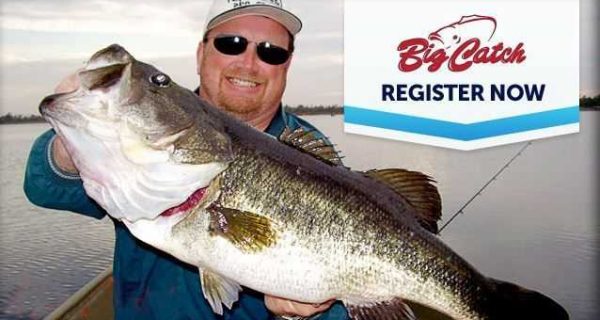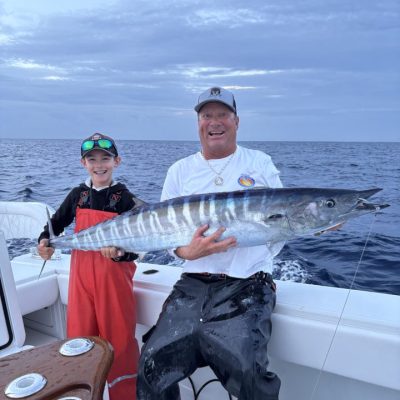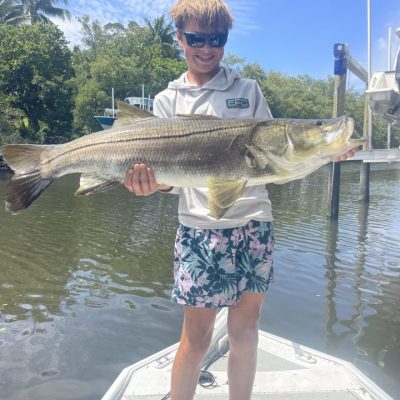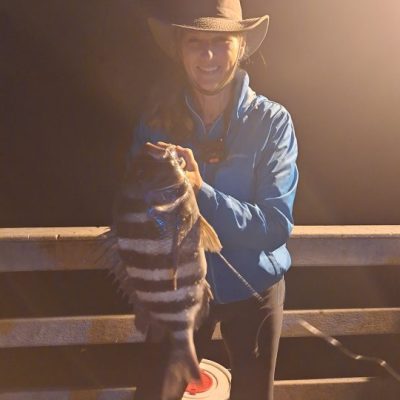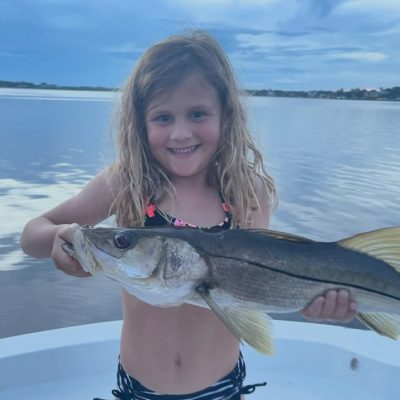Conservation
Environmental and waterway news.
Latest in Conservation

New Study: BP Oil is Affecting the Hearts of Fish
During the spring and summer of 2010, the BP Deepwater Horizon disaster released over 4 million barrels of crude oil into the Gulf of Mexico. This was an unprecedented amount of toxic material discharged into the Gulf, and oil spill scientists have been researching its impacts on marine and coastal wildlife ever since. One of the species of concern is the imperiled Atlantic bluefin tuna, which was spawning at the time and location of the BP disaster.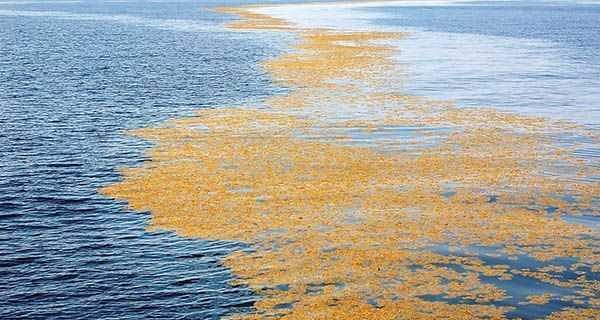
Sargassum, a most valuable weed
We see it most every time we go out on the water, and unless we’re trolling for wahoo or dolphinfish, we probably just take Sargassum weed for granted and don’t give it a second thought.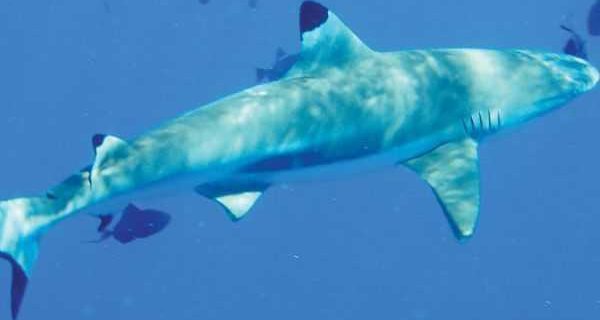
Sharks and Empty Trophic Levels
We all know nature hates a vacuum, and she’s almost as picky about trophic levels in ecosystems. Which brings up an interesting situation in the Gulf of Mexico. During the late nineteen eighties and nineties, the commercial shark fishery hit the Gulf shark stocks pretty hard.
Lengthy Gulf Restoration Plan Needs to Dive Deeper
If you're like me, the recent holiday season has erased some of your memory (I think it’s all the sweets), and you may be in need of a refresher on where we left off in the Gulf restoration process. Recently, the Deepwater Horizon Natural Resource Damage Assessment (NRDA) trustees released a long-awaited draft Early Restoration Programmatic Environmental Impact Statement (PEIS) and Phase III Environmental Restoration Plan (ERP). This was exciting news for the Gulf of Mexico, because the PEIS is critical for laying the groundwork for a comprehensive, long-term and integrated restoration process in the wake of the BP oil disaster. Ocean Conservancy’s experts have been going through the nearly 2,500- page document with a fine tooth comb over the last several weeks, and we are pleased to present you with our preliminary views.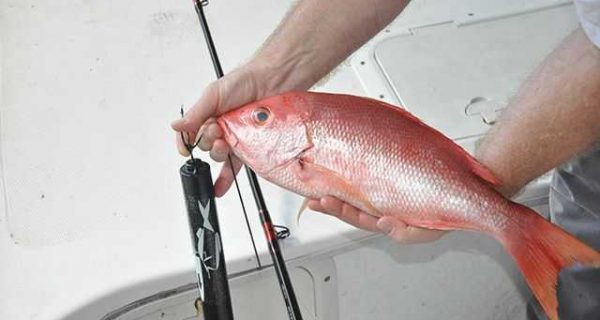
FWC-Gone Coastal: Helping your fish survive helps you
Guest Columnist Amanda Alley Imagine for a minute you are out to sea, line wet, with about 150 feet of …